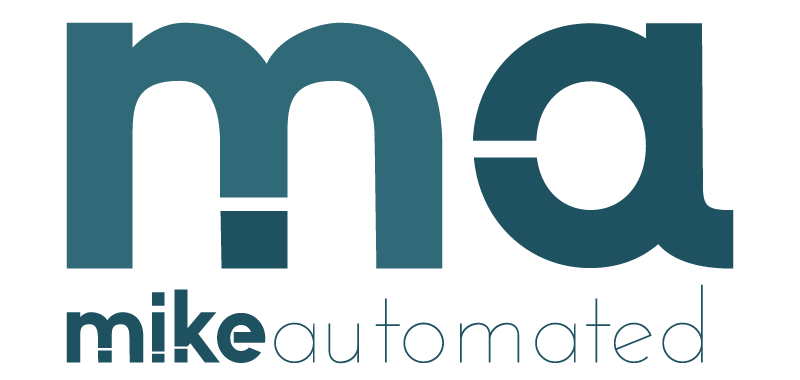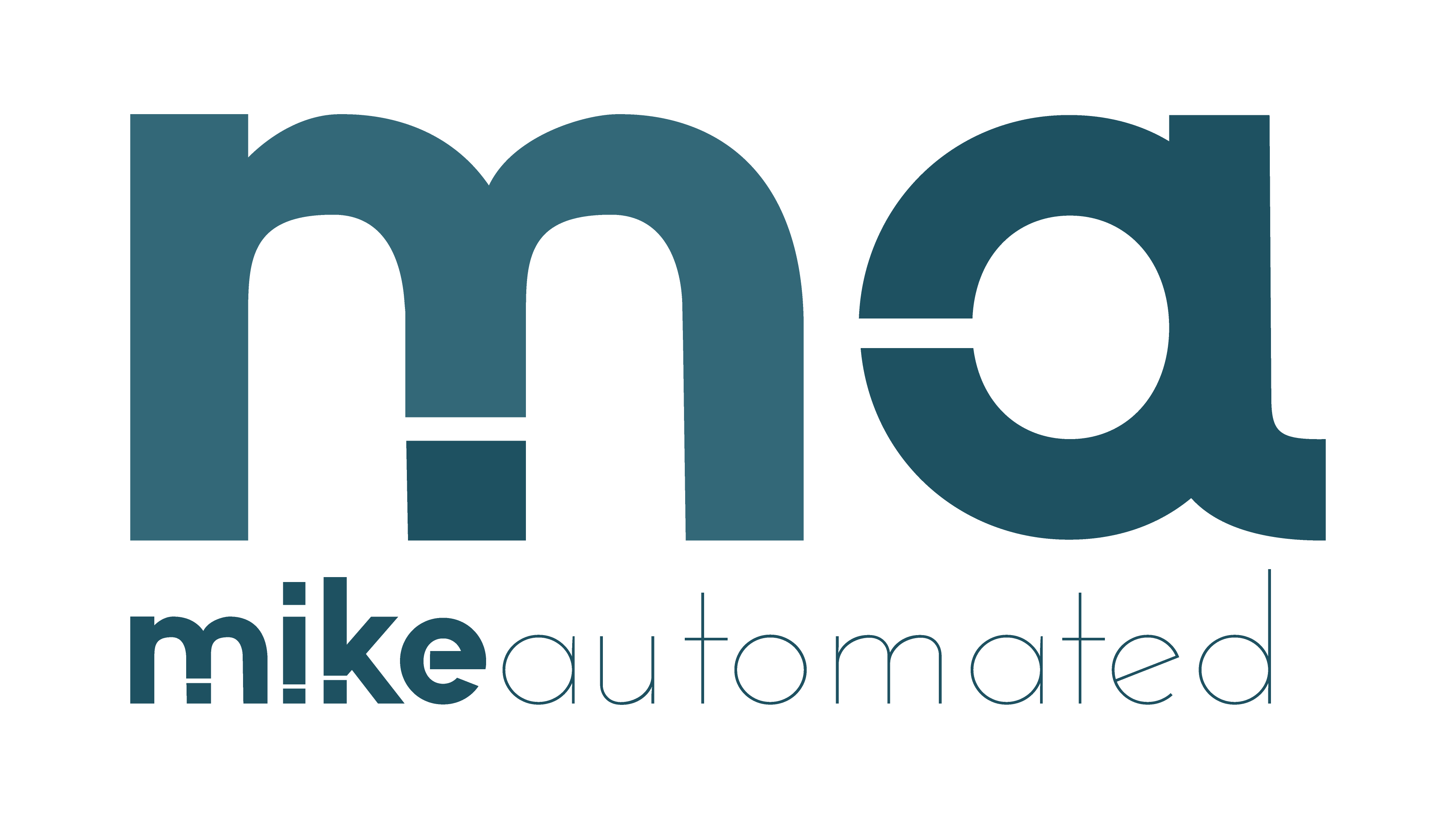TL;DR: Key Takeaways
- Language models are evolving with customizable and advanced features, going beyond basic text generation.
- Next-gen NLP tools focus on user-specific solutions, seamless integration, and improved contextual understanding.
- Hyper-personalization and domain-specific models are driving innovation in industries like healthcare, education, and business.
- Developments such as better multimodal learning and ethical AI frameworks are paving the way for safer and more effective applications.
- Users can leverage these advancements by selecting models tailored to their needs and staying updated on emerging trends.
What Are Next-Gen Language Models?
Next-generation language models are advanced AI systems designed to understand, interpret, and generate human-like text. Unlike their predecessors, these models offer enhanced customizability, context-aware learning, and support for domain-specific tasks. They’re built on deep learning frameworks, enabling smarter processing of language-related queries in real time.
These models are not just upgrades of older systems like GPT-3 or GPT-4. Instead, they represent a new paradigm in natural language processing (NLP), focusing on empowering users with highly adaptive, multimodal, and ethical tools.
Why Are They Better Than Before?
The leap from traditional models like ChatGPT to advanced systems lies in three key areas:
- Customization: Users can fine-tune models to match specific needs, such as creating specialized chatbots or optimizing performance for unique applications.
- Multimodal Capabilities: They excel in processing diverse data formats, such as text, images, audio, and even video.
- Ethical & Safe Applications: These systems are built with better guardrails for AI safety, addressing challenges like bias, misinformation, and misuse.
For instance, a customer support chatbot now not only answers predefined questions but adapts to conversational nuances, delivering a seamless user experience.
How Do They Work?
Advanced language models leverage transformer architectures powered by vast datasets and computational resources. The foundation includes:
- Pretrained Models: These are trained on massive datasets to understand general language patterns before being fine-tuned for specific uses.
- Contextual Learning: The models use deep neural networks to better understand the context of words and phrases.
- Reinforcement Learning with Human Feedback (RLHF): This iterative improvement process ensures outputs are aligned with human intent and ethical guidelines.
Customization: Empowering Users
One of the standout advancements in next-gen language models is customization. Businesses, educators, and developers can tweak models to meet highly specific goals. Let’s dive into examples.
1. Business Applications
Industries like e-commerce use these models for personalized marketing. A company can train an AI model to analyze consumer sentiment and recommend products based on individual preferences.
2. Education
Educators create language-based learning tools to help students with tailored study guides, enhancing learning outcomes without a one-size-fits-all approach.
3. Healthcare
Customized NLP models assist doctors by summarizing patient histories or catching anomalies in lab reports, reducing errors and time spent on paperwork.
Ethical AI: Bigger and Better Guardrails
Next-gen models aren’t just about technical innovation but also improving social responsibility:
- Bias Management: They’re trained to recognize and mitigate biases, ensuring fair and accurate responses.
- Misinformation Detection: Algorithms actively filter false or harmful content.
- Transparency: Enhanced explainability features let users understand how and why certain outputs are generated.
Imagine a political fact-checking tool that provides unbiased, evidence-based answers. This is now becoming possible.
Emerging Trends in NLP Models
Here are key trends shaping the future of advanced language models:
1. Multimodal Learning
This trend combines multiple data inputs for a holistic understanding. For example, a model can analyze an image and generate a comprehensive text summary of it in real-time.
2. Domain-Specific Applications
Rather than generic uses, industries now demand domain-specific NLP tools. A healthcare-focused model, for instance, might be trained exclusively on medical journals and clinical data.
3. Open-Source Frameworks
There’s a growing push for transparency through open-source NLP models. Developers can view, understand, and even improve algorithm designs freely.
How You Can Benefit from Advancements
If you’re a professional or business owner looking to leverage NLP, here’s what you can do:
- Choose the Right Model: Identify your goals (e.g., customer service, data analysis) and select models optimized for those tasks.
- Learn Basic AI Customization: Platforms like OpenAI and Hugging Face offer tools to tweak models without deep programming knowledge.
- Stay Updated: Follow research and trends in NLP to identify tools and updates that could give you a competitive advantage.
- Focus on Ethics: Ensure that AI implementations comply with ethical guidelines for better stakeholder trust.
Future Possibilities
The future of language models holds endless possibilities. From merging AI assistants seamlessly into daily life to creating hyper-realistic storytelling, the landscape is ripe for innovation. We might soon see conversational systems that feel indistinguishable from human interactions, opening doors to deeper collaboration between humans and machines.
Conclusion
Next-gen language models are revolutionizing NLP by focusing on adaptability, context, and ethics. With advancements in customization and domain specificity, they cater to a growing need for precise and practical solutions in fields ranging from healthcare to education. These models exemplify how AI can be both powerful and secure, enabling users to create, innovate, and thrive confidently.
Ready to dive into the world of advanced NLP tools? Explore resources, try demos, and start your journey with the language model that aligns with your vision!



